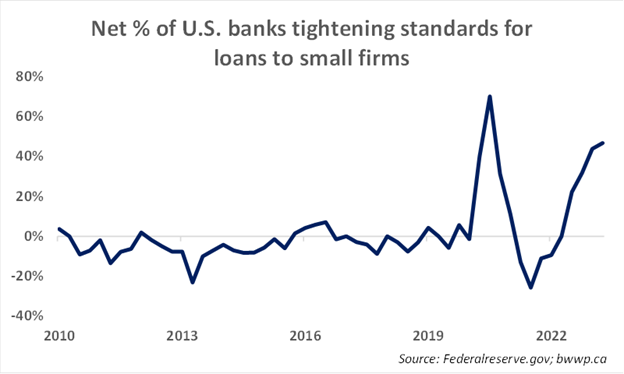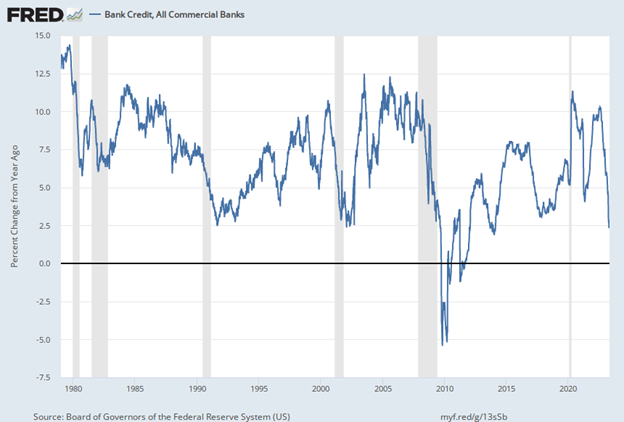All About that Bass
We will readily admit that when we sat down to write this week’s missive, we did not know who Meghan Trainor was. This is not a criticism of Ms. Trainor, but rather more of a commentary on our tastes in classic rock and the fact that Ms. Trainor’s particular brand of music does not tend to make it on Wolfman Jack’s list of the greatest rock jams of 1975. But we came upon Ms. Trainor largely because we wanted to talk about credit in this week’s piece and Ms. Trainor happens to have a hit song called – you guessed it – “Credit”. Now, apparently, Ms. Trainor has sold more than 11 million records in the past decade (so we were in the minority of those who were not familiar with her work) with her biggest hit entitled – “All About that Bass” – which is not, in fact, about the fish (our first guess because who doesn’t like a delicious sea bass?), but rather about the lowest of pitches on the music scale. We thought it was a catchier title than “Credit”, so this week we are All About that Bass.
The SLOOS
Let’s start with a chart and then comment:
 Here, we are looking at something called the SLOOS, which stands for Senior Loan Officers Opinion Survey. The SLOOS measures how available credit is for businesses of all shapes and sizes; although, we have focused particularly on the SLOOS as it relates to small businesses. Why? Generally speaking, if lending standards are going to tighten up, it is going to start from the bottom and work its way up in terms of size of the business. And as you can see, things have gotten very tight in the past couple of quarters with nearly 50% surveyed now indicating that they are tightening standards.
Here, we are looking at something called the SLOOS, which stands for Senior Loan Officers Opinion Survey. The SLOOS measures how available credit is for businesses of all shapes and sizes; although, we have focused particularly on the SLOOS as it relates to small businesses. Why? Generally speaking, if lending standards are going to tighten up, it is going to start from the bottom and work its way up in terms of size of the business. And as you can see, things have gotten very tight in the past couple of quarters with nearly 50% surveyed now indicating that they are tightening standards.
To put this in some perspective, over the past 25-years, the SLOOS has only breeched the 50% mark for one period – Q2 2008 through Q1 2009. Other than that, and a brief spike during the initial COVID lockdowns, the survey will tend to waver between slightly negative (more banks easing standards than tightening) and slightly positive, which is part and parcel of an economy with decent growth and no major credit headwinds on the horizon.
So, why does this matter? Well, credit is the lifeblood of the economy. If banks are not lending and businesses are not borrowing (either because they can’t or they don’t want to), growth in the economy is going to slow or potentially stall all together. Because, if businesses are not borrowing, they are likely not investing, and if they are not investing, they are likely not growing and if they are not growing, they are likely soon going to stop hiring or even start firing. Let’s pivot to another chart, which again looks at credit, but goes back a bit further:
 Here, we are looking at the year-over-year percentage change in bank lending in the U.S. What we would focus on is: 1) lending tends to fall off sharply ahead of recessions (the grey bars); 2) it rarely goes negative year-over-year – so we are unlikely to see an out-and-out contraction in lending; and 3) it has fallen off sharply in in the past nine months.
Here, we are looking at the year-over-year percentage change in bank lending in the U.S. What we would focus on is: 1) lending tends to fall off sharply ahead of recessions (the grey bars); 2) it rarely goes negative year-over-year – so we are unlikely to see an out-and-out contraction in lending; and 3) it has fallen off sharply in in the past nine months.
This, coupled with the SLOOS, is one of the main reasons that the risks of recession remain high over the next 6-12 months. While the jobs market remains strong (see below), it is also showing some signs of slowing (also see below), which again does not auger well for the overall economy.

Final Thoughts
As Ms. Trainor apparently famously sang - “Credit” – is a very important piece of the growth story and with the U.S. banking system under pressure, we have seen the availability of credit slow sharply over the past several quarters with lenders’ intentions pointing to further risks. This contributes to our overall cautious view in the near term, as we do not expect credit conditions to improve until the U.S. banking crisis settles down. Until then, we will be all about that bass (but the fish, not the other one).
